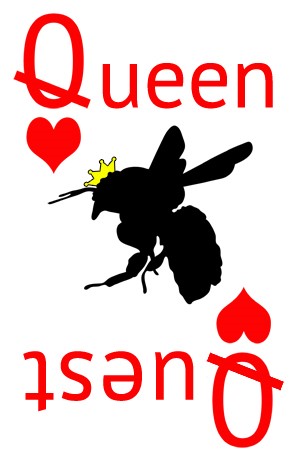Queen Quest
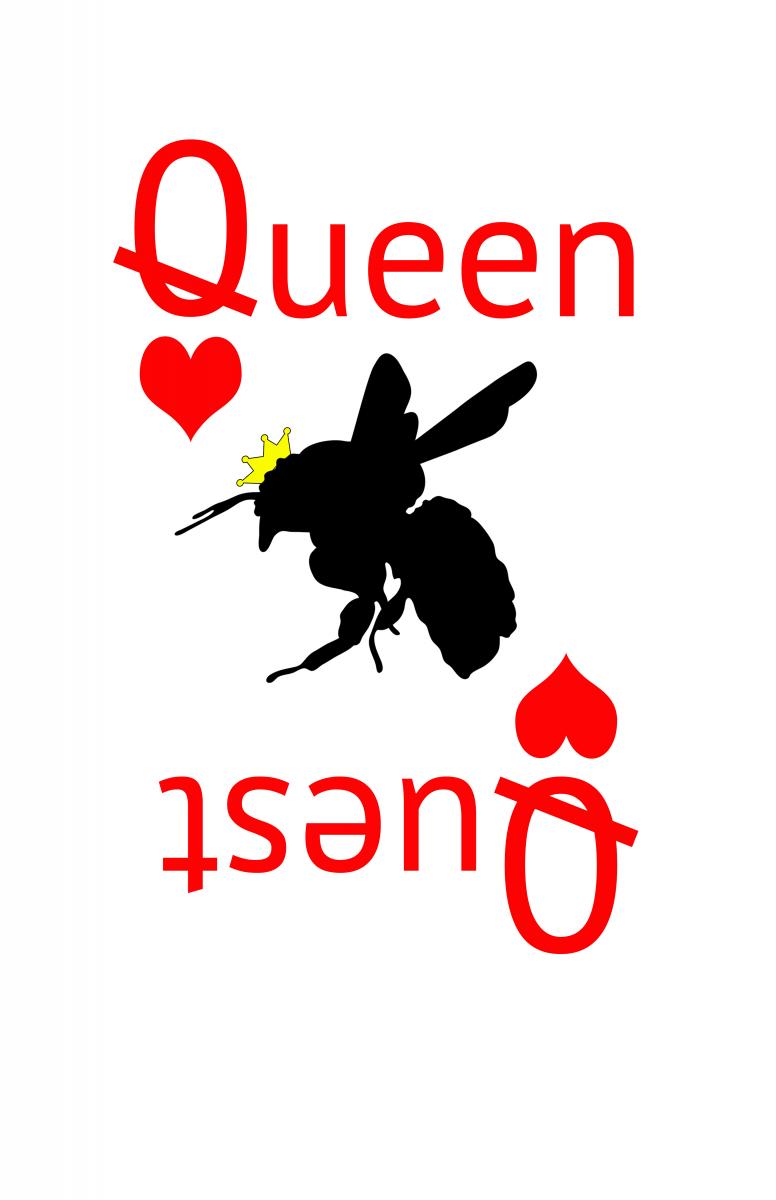 Queen Quest is a bumble bee queen phenology project. It is a joint effort between UNL’s Bumble Boosters team, University of Minnesota’s Bee Squad, and citizen scientists to track first instances of bumble bee queen sightings in the spring. Little is known about the long-term and cyclical effects of climate on bumble bee populations. A key project objective is to determine the relationship and long-term impacts of climate on bumble bees.
Queen Quest is a bumble bee queen phenology project. It is a joint effort between UNL’s Bumble Boosters team, University of Minnesota’s Bee Squad, and citizen scientists to track first instances of bumble bee queen sightings in the spring. Little is known about the long-term and cyclical effects of climate on bumble bee populations. A key project objective is to determine the relationship and long-term impacts of climate on bumble bees.
Phenology: Climate and Bumble Bees
Phenology is the study of periodic life cycle events of living organisms and the impact of climate on these events. Bumble bees have several climate-related life cycle events that are part of their life cycle. Once the soil thaws in the spring, a bumble bee queen emerges and begins searching for a nest site. She relies on early spring flowers to power this search and build her new colony. A bumble bee colony has an annual life cycle. It starts anew each spring with the foundress queen and is destined to collapse in the fall. New queens and males are produced in the fall if the colony had enough energy. Only the mated bumble bee queens survive the winter. These queens must locate a site to burrow into the soil and create a hibernation chamber, called a hibernaculum. Little is known about the long-term and cyclical effects of climate on bumble bee populations. The flowers that bumble bee queens and their colony depend on for food are also impacted by temperature and precipitation.
Project Goals
The scientific objectives of the Queen Quest program are to:
1) Determine the phenology of spring bumble bee queen emergence.
2) Determine which flowers bumble bee queens visit in the early spring.
3) Determine long-term climate impacts on bumble bee populations and distribution in North America.
To Participate
- Register with Queen Quest. You will receive project updates and exciting Bumble Boosters news.
- Join Queen Quest on iNaturalist. Join the Queen Quest project page on iNaturalist. If you haven't already, create an iNaturlist account with a username and password.
- Start your quest for queens! To learn about finding and identifying queens, visit our project primer below. Photograph your queen. Take several photos and feel free to share more than one! This will help us attempt to identify your bumble bee species. Observe what your queen is doing. Once you have spotted and photographed a queen, determine what activity you are observing, including flower visitation, nest building, and nest provisioning. Record your observations in your iNaturalist record. Learn what to observe and report in our project primer below.
QUEEN QUEST PROJECT PRIMER
Finding and Identifying Bumble Bee Queens. Bumble bee queens can be found almost anywhere, in both rural and urban landscapes. The easiest places to find them are on early blooming flowers. Venture out in your landscape right before you think flowers are blooming. Bumble bee queens emerge from hibernation in the ground when soil begins to warm in the spring, usually as first flowers bloom. Currently, Queen Quest is most interested in documenting springtime bumble bee queens.
Queens will be the first bumble bees that you see in the spring. Workers (and later in the year drones) are not produced until a nest is established, 4-5 weeks after a queen emerges from hibernation. The queens of the different bumble bee species in your area will emerge at different times over a 4-6 week period. In Nebraska, we tend to see our first species of bumble bee queens the second week of April, with queens of different species emerging from hibernation through May.

Use size to distinguish among bees. Most bumble bee queens are about the size of a quarter in length from head to tail. Other workers and other bees are smaller. Carpenter bees are similar in size to bumble bee queens, and can be distinguished by their very shiny abdomens.
Observing your queen's activity. Once you have spotted a queen, observe her behaviors. She may be foraging for nectar or pollen, nest seeking, resting, provisioning her nest with food, etc. You can report your observations in your iNaturalist record.
In this project, we are especially interested in the following phenophases:
| Phenophase | Definition | Image |
| Active adults | One or more adults are seen moving about or at rest |
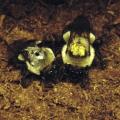 |
| Flower visitation | One or more individuals are seen visiting flowers or flying from flower to flower. If possible, record the name of the plant or describe it in the comments field. |
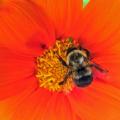 |
| Nest building | One or more adults are seen building a nest or hive. |
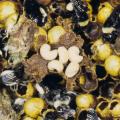 |
| Nest provisioning | One or more adults are seen entering the nest with pollen. For Bombus species, pollen is carried on the hind legs and can be bright yellow, orange or white. |
 |
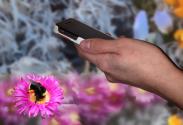 Collecting and submitting a picture of your bumble bee queen. Obtain a steady and clear digital photograph of the bumble bee queen. The best place to photograph bumble bees is while they are feeding on flowers. Submit your photographs to the Queen Quest iNaturalist page.
Collecting and submitting a picture of your bumble bee queen. Obtain a steady and clear digital photograph of the bumble bee queen. The best place to photograph bumble bees is while they are feeding on flowers. Submit your photographs to the Queen Quest iNaturalist page.
Help! If you have bumble bee related questions, please contact the Bumble Boosters team by following this link. If you have questions about the iNaturalist program or app, don't hesitate to review the iNaturalist Help page.
Queen Quest Partners
 |
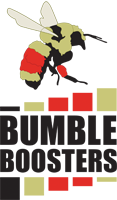 |
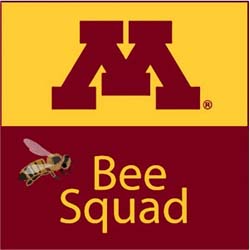 |


